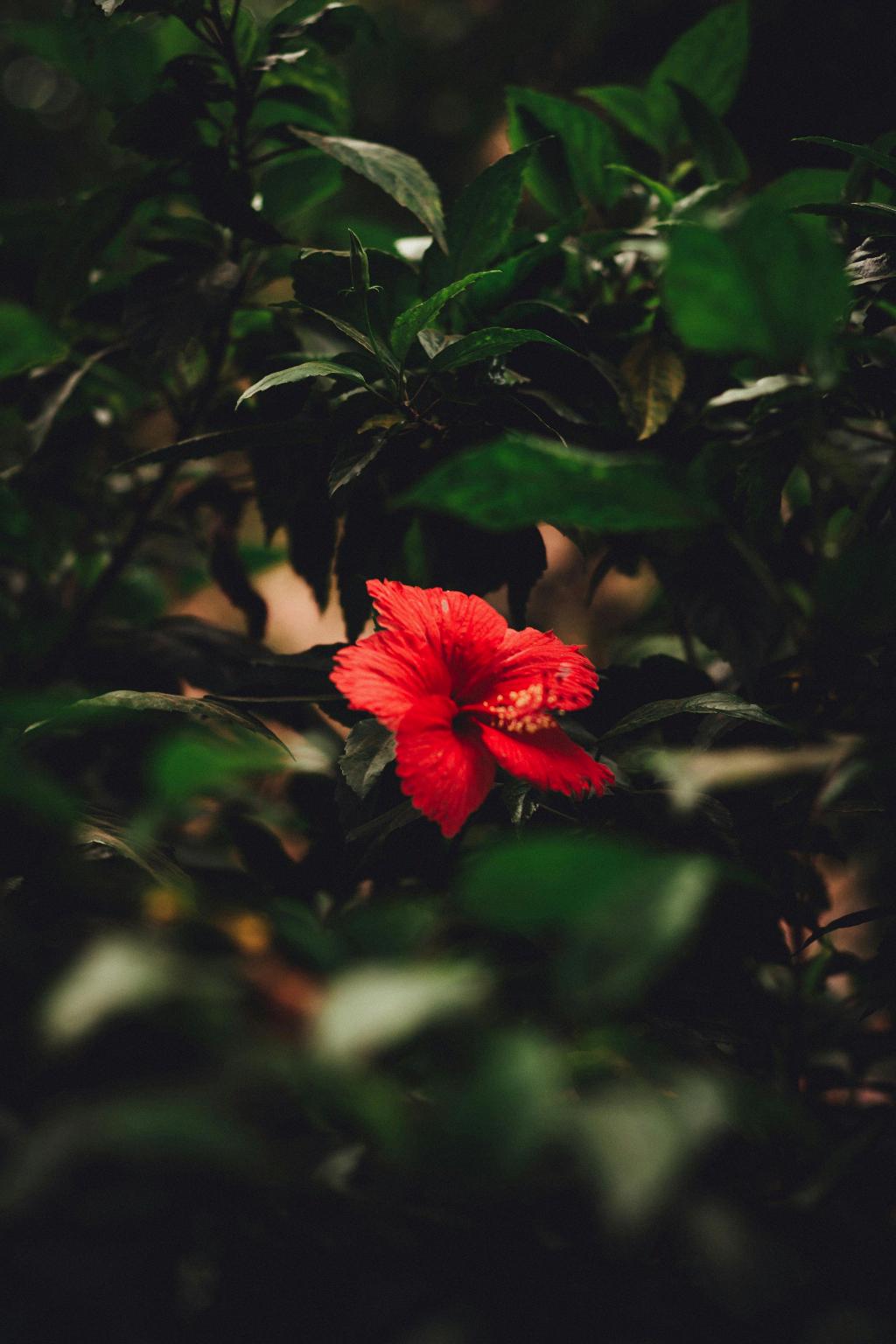When it comes to growing hibiscus, whether indoors or outdoors, there are several key considerations to keep in mind to ensure these beautiful flowers thrive in your garden or home.
Outdoor Hibiscus Care
For outdoor hibiscus plants, it’s important to choose a location that receives plenty of sunlight and is sheltered from strong winds. These plants prefer moist but well-drained soil, so make sure the area you choose provides adequate drainage.
When planting outdoor hibiscus, consider using pots filled with loam-based, peat-free compost to give your plants the nutrients they need to grow and flourish. This type of soil mixture provides a good balance of drainage and moisture retention.
Water your outdoor hibiscus regularly, especially during the warmer months, to keep the soil consistently moist. Mulching around the base of the plant can help retain moisture and suppress weed growth, providing a healthy environment for your hibiscus to thrive.
Consider adding a balanced fertilizer to your outdoor hibiscus plants during the growing season to promote healthy growth and vibrant blooms. Follow the instructions on the fertilizer package for the best results.
Indoor Hibiscus Care
When growing hibiscus indoors, choose a bright location that receives plenty of indirect sunlight throughout the day. Avoid placing your plants in direct, strong sunlight, as this can lead to leaf burn and other issues.
Use well-draining soil when planting hibiscus indoors, such as a mixture of potting soil and perlite or sand to help prevent overwatering and root rot. Ensure your indoor hibiscus has drainage holes at the bottom of the pot to allow excess water to escape.
Water your indoor hibiscus plants regularly, allowing the soil to dry out slightly between waterings to prevent waterlogged conditions. Using a saucer under the pot can help catch excess water and prevent it from pooling around the roots.
During the growing season, feed your indoor hibiscus with a balanced liquid fertilizer every few weeks to support healthy growth and flowering. Be sure to follow the instructions on the fertilizer bottle to avoid over-fertilizing your plants.
Maintenance Tips
Regularly check your hibiscus plants for any signs of pests or diseases, such as aphids or leaf spot, and treat them promptly to prevent further damage. Keeping your plants healthy and well-maintained can help them withstand potential issues.
Prune your hibiscus plants as needed to remove dead or damaged growth, promote new growth, and maintain a tidy appearance. Be sure to sterilize your pruning tools before and after each use to prevent the spread of disease.
Consider repotting your hibiscus plants every couple of years to refresh the soil, provide more space for root growth, and prevent overcrowding. Choose a slightly larger pot with fresh potting mix when repotting your plants for the best results.
Stay attentive to the changing needs of your hibiscus plants throughout the seasons, adjusting your watering, feeding, and care routines as necessary to ensure they continue to thrive and delight you with their beautiful blooms.

